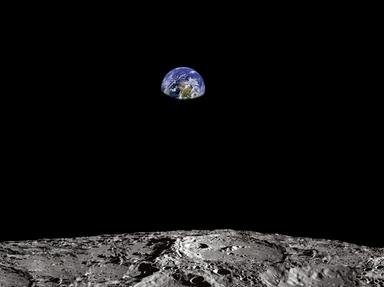Quiz Answer Key and Fun Facts
1. Who is said to be the "Father of the Indian Space Program"?
2. Which of these is not a launch vehicle of the Indian Space Research Organisation (ISRO)?
3. IRS series satellites are used for?
4. Which is India's first artificial satellite?
5. Who was the Chairman of ISRO from 1994 to 2003?
6. TES (Technology Experimental Satellite) is India's first Defence satellite?
7. Who was the backup crew for Rakesh Sharma, the first Indian in space?
8. On which spacecraft did Rakesh Sharma make his historic trip to space?
9. METSAT the first exclusive meteorological satellite built by ISRO is a?
10. The experimental satellite SROSS abbreviation means?
Source: Author
gharik
This quiz was reviewed by FunTrivia editor
bloomsby before going online.
Any errors found in FunTrivia content are routinely corrected through our feedback system.

